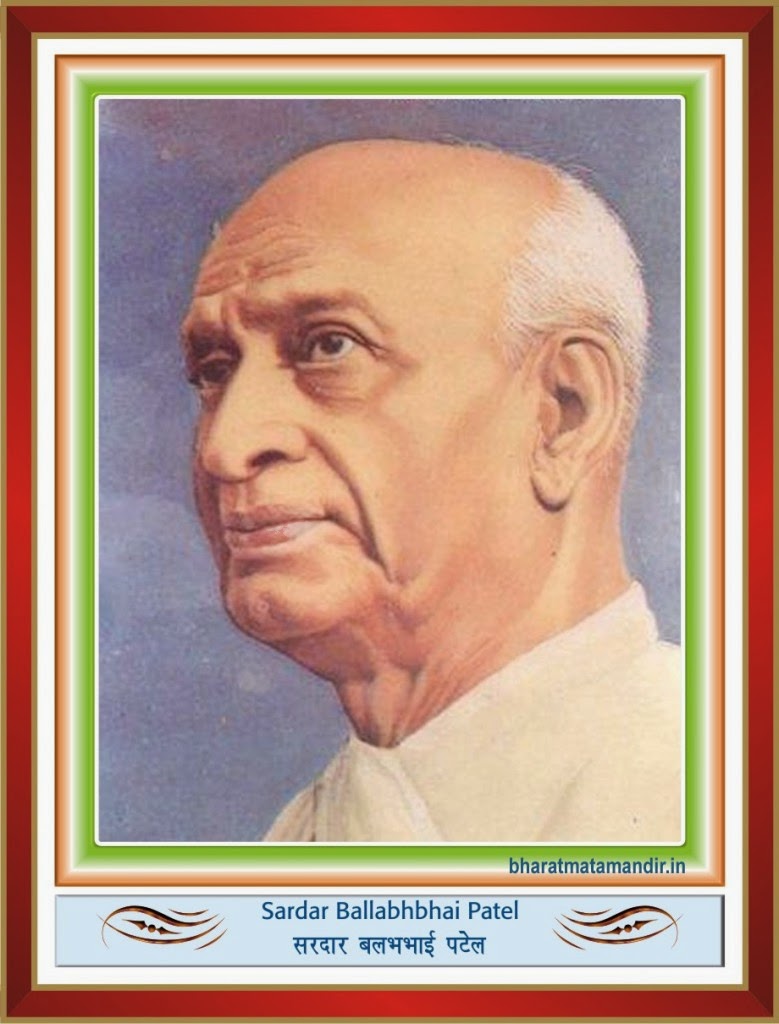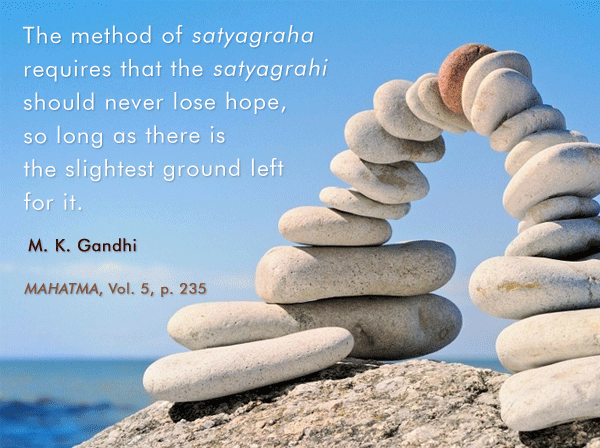The untold story from Uttarakhand :
The Hindu:
OPINION » LEAD
June 25, 2013.
While the focus is on pilgrims, nobody is talking about the fate of boys and men who came from their villages in the Mandakini valley to earn during the yatri season :-
t is one week since Uttarakhand’s worst disaster in living memory. Flash floods resulting from extremely intense rainfall swept away mountainsides, villages and towns, thousands of people, animals, agricultural fields, irrigation canals, domestic water sources, dams, roads, bridges, and buildings — anything that stood in the way.
A week later, media attention remains riveted on the efforts to rescue tens of thousands of pilgrims and tourists visiting the shrines in the uppermost reaches of Uttarakhand’s sacred rivers. But the deluge spread far beyond the Char Dhams — Yamunotri, Gangotri, Kedarnath and Badrinath — to cover the entire State. The catchments of many smaller rivers also witnessed flash floods but the media has yet to report on the destruction there. Eyewitness accounts being gathered by official agencies and voluntary organisations have reported devastation from more than 200 villages so far and more affected villages are being reported every day. Villagers whose homes, lands and animals have been swept away by the floods are in a state of shock trying to imagine day-to-day survival without their basic livelihood assets.
Distorted coverage
The national media’s focus on the plight of tourists has grossly distorted the true nature of the tragedy even in the Char Dham area. It has not reported on the fate of the thousands — almost all male — who come from the villages in these valleys (and elsewhere) to earn a major part of their families’ annual income on the yatra routes during the tourist season. They help run the dhabas that line the entire 14 km trek route from GauriKund to Kedarnath; they sell raincoats, umbrellas, canes, walking sticks, soft drinks, water bottles, home-made snacks and other supplies. On their backs, they carry children, the old, the infirm and tourists who are simply unfit and out of shape to walk the entire route. They run along the path with their ponies or horses carrying yatris.
Local residents tell of village after village in the Mandakini valley below Kedarnath resounding with wails from homes whose boys and men have not yet returned and are now feared dead. One village near Guptkashi alone counts 78 missing.
The tragedy of the families dependent on religious tourism for much of their annual income is compounded by the fact that the yatra season is over for the year, and is unlikely to resume even next year given the destruction of the roads and bridges in the upper reaches. Several thousand Char Dham valley families will now fall below the poverty line. Till the revival of the yatras, what will be the alternative sources of employment for the newly unemployed? Most likely we will see increased male outmigration from the region.
Last week’s disaster not only spelt doom for thousands of household economies but also dealt a grievous blow to Uttarakhand’s lucrative religious tourism industry. With the media focus almost exclusively on the fate of pilgrims, the scenes of the deluge and its aftermath will linger on in public memory, making the revival of tourism doubtful in the foreseeable future. The abject failure of the State government, political leaders and the administration is therefore likely to impoverish the State coffers too.
The scale of participation in the kaanwar festival that starts in July — when about a million people throng to the banks of the Ganga at Hardwar over a couple of weeks and take back Gangajal to their homes — will be revealing. The pressure on the State government will continue through September when the Nanda Devi Raj Jaat (yatra), a once-in-12-years event, is scheduled. A detailed discussion on the future of Uttarakhand’s tourism industry is not possible here but it is clear that it requires a radical overhaul. With the ineptness of the State government now fully exposed, new policies for the revival of tourism in Uttarakhand must follow an open debate.
Not a ‘freak’ incident
The impact of the floods on Uttarakhand’s tourism leads to larger questions of what kind of development Himalayan States should pursue. Before delving into that, it is important to understand the nature of the rainfall that deluged the State. Already several voices are arguing that the deluge is a random, ‘freak’ event. Odisha’s super cyclone in 1999, torrential rains in Mumbai in 2005, and now the Uttarakhand downpour constitute three clear weather related events in less than 15 years, each causing massive destruction or dislocation in India. These can hardly be called ‘freak’ events.
Several reports from the Intergovernmental Panel on Climate Change (IPCC) have repeatedly warned that extreme weather incidents will become more frequent with global warming. We are already riding the global warming curve. We will have to take into account the likelihood of more frequent extreme weather events when planning for development, especially in the fragile Himalayan region where crumbling mountains become murderous.
In the 1990s, when the demand for a separate State gained momentum, at conferences, meetings, workshops and seminars, Uttarakhandi people repeatedly described the special character of the region. Consciousness created by the pioneering Chipko Andolan raised the hopes of village women that their new State would pursue a green development path, where denuded slopes would be reforested, where fuel wood and fodder would be plentiful in their own village forests, where community ownership of these forests would provide their men with forest products-based employment near their villages instead of forcing them to migrate to the plains, where afforestation and watershed development would revive their dry springs and dying rain-fed rivers, and where the scourge of drunken, violent men would be overcome.
Year after year — in cities, towns and villages — they led demonstrations demanding a mountain state of their own. Theirs was a vision of development that would first enhance the human, social and natural capital of the State. Recalling the tremendous worldwide impact of the Chipko movement, Uttarakhandi women dreamed of setting yet another example for the world of what people-centric development could look like.
But in the 13 years after statehood, the leadership of the State has succumbed to the conventional model of development with its familiar and single-minded goal of creating monetary wealth. With utter disregard for the State’s mountain character and its delicate ecosystems, successive governments have blindly pushed roads, dams, tunnels, bridges and unsafe buildings even in the most fragile regions.
In the process, denuded mountains have remained deforested, roads designed to minimise expenditure rather than enhance safety have endangered human lives, tunnels blasted into mountainsides have further weakened the fragile slopes and dried up springs, ill-conceived hydropower projects have destroyed rivers and their ecosystems, and hotels and land developers have encroached on river banks.
Yes, wealth has been generated but the beneficiaries are very few — mainly in the towns and cities of the southern terai plains and valleys where production investments have concentrated. In the mountain villages, agricultural production has shrivelled, women still trudge the mountain slopes in search of fodder, fuel wood and water, and entire families wait longingly for an opportunity to escape to the plains.
Last week’s floods have sounded an alarm bell. To pursue development without concern for the fragile Himalayan environment is to invite disaster. Eco-sensitive development may mean a slower monetary growth rate but a more sustainable and equitable one.
(The writer is Director, People’s Science Institute, Dehra Dun and Member (Expert), National Ganga River Basin Authority)



Comments